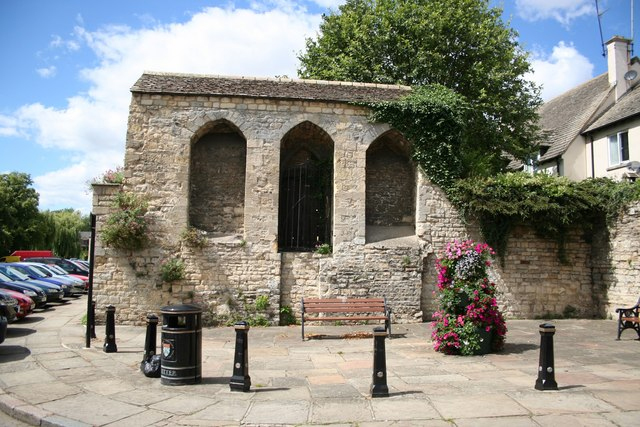Firstly St Brice — usual story; orphan boy picked up by a priest.
Grown up bad, Brice, or Britius to call him by his given name, sealed his reputation as a man who had not yet seen the light of God after a nun in his household gave birth to his child. Thereafter only a trip to Rome to beg the Pope’s forgiveness and a minor miracle of carrying hot coals without his coat catching fire could get him rehabilitated and then beatified. As a saint he got his day; it is November 13 — and for good measure was elected patron saint of those with stomach ailments.

That takes care of the fifth century. Now scroll forward to 1002 (yes that was an actual year, not a section of the tax code that prevents you and me from becoming rich like the rich folk) and the year a grumpy English king who went in for some very ‘now’ wholesale ethnic cleansing of his migrant population.
Æthelred was his name and he’d had it up to his crown with the Danes, who had come over to raid and liked it so much they stayed, probably stealing our jobs and definitely stealing our women.
These Danes weren’t those peaceable Lego-making exponents of that latest New Age fad, hygge (you’ll be sick of hearing about it by Christmas, that’s a promise), but the mead quaffing Vikings who had been muscling in on England for decades.
So Æthelred put out the word… and on St Brice’s day thousands of English rose up in towns and villages across the country and killed thousands of Danes (probably 35,000), or in some cases simply hamstrung them (an exceedingly painful, crippling and often just as fatal trick of lacerating tendons and muscle between knee and hip). This was reportedly often carried out by their Anglo Saxon prisoner-wives. This bad day for the Scandinavians was known as the St Brice’s Day massacre.
Scroll forward another couple of hundred years to the reign of King John, the baddy that the barons traduced into signing Magna Carta.
One of his most loyal supporters, though poor speller of his own name was a William de Warenne. One of Warenne’s many castles was in Stamford, Lincolnshire.

Idling his time away as you do when you are a baron, he glanced over the battlement at one of his fields below. He noticed that two bulls were fighting.
To his amusement, some butchers and their dogs in attempting to separate the animals let one escape. That angry bull headed for town, pursued by villagers, butchers and their dogs.
As Netflix had not been invented, bored William de W got on his horse to see the fun ensue when the bull found the market square of Stamford. He laughed so hard at the bull’s agonies and eventual slaughter that he gave the field to the butchers of Stamford forever to park their cows before they turned them into sides of beef. There was one condition, it was theirs as long as they procured a feisty bull every year and let it loose for the villagers to be cruel to — every St Brice’s day.
And so through the centuries bulls did indeed meet that same fate each year on November 13 in Stamford. The town had invented bull running.
Next time on Actonbooks:
How the mayor of Stamford was jostled by the ‘bulllards’, the dragoons swapped sides and Humanity Dick put an end to the running of the bull in jolly old England.

1 comment
Comments are closed.